The 6-Kingdoms of life -> nuclear fission
Nuclear Fission
Nuclear fission is a process in which the nucleus of an atom is split into two or more smaller nuclei, along with the release of a large amount of energy. This process is the basis for nuclear power plants and nuclear weapons.
How Nuclear Fission Works
In a nuclear fission reaction, a heavy atomic nucleus, such as uranium-235 or plutonium-239, absorbs a neutron, becoming unstable and splitting into two or more smaller nuclei, along with the release of additional neutrons and a large amount of energy in the form of gamma rays and kinetic energy of the fission fragments.
Energy Release
The energy released during nuclear fission is incredibly powerful and is harnessed in nuclear power plants to generate electricity. The heat produced by the fission reaction is used to generate steam, which drives a turbine connected to a generator, producing electrical energy.
Controlled Fission
In nuclear power plants, the fission process is carefully controlled to prevent uncontrolled chain reactions. Control rods made of materials that absorb neutrons, such as boron or cadmium, are used to regulate the rate of the fission reaction.
Study Guide
- What is nuclear fission?
- Describe the process of nuclear fission.
- How is the energy released during nuclear fission utilized in nuclear power plants?
- What materials are used to control the rate of the fission reaction in nuclear power plants?
- Discuss the significance of nuclear fission in both energy production and weaponry.
Remember to review the process of nuclear fission and its applications in both peaceful and military contexts. Understanding the controlled release of energy from nuclear fission and its potential for harm or benefit is key to grasping the impact of this scientific phenomenon.
.◂Science Worksheets and Study Guides Fifth Grade. The 6-Kingdoms of life
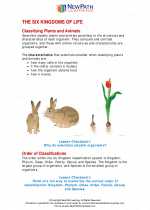
 Activity Lesson
Activity Lesson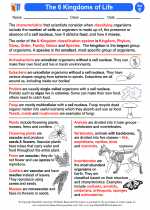
 Worksheet/Answer key
Worksheet/Answer key
 Worksheet/Answer key
Worksheet/Answer key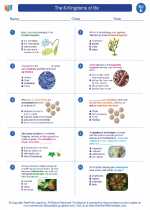
 Worksheet/Answer key
Worksheet/Answer key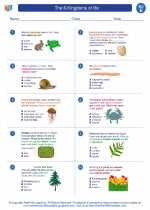
 Worksheet/Answer key
Worksheet/Answer key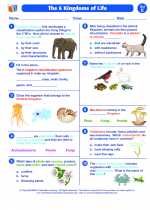
 Vocabulary/Answer key
Vocabulary/Answer key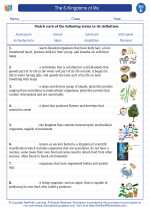
 Vocabulary/Answer key
Vocabulary/Answer key
 Vocabulary/Answer key
Vocabulary/Answer key
 Vocabulary/Answer key
Vocabulary/Answer key
